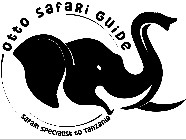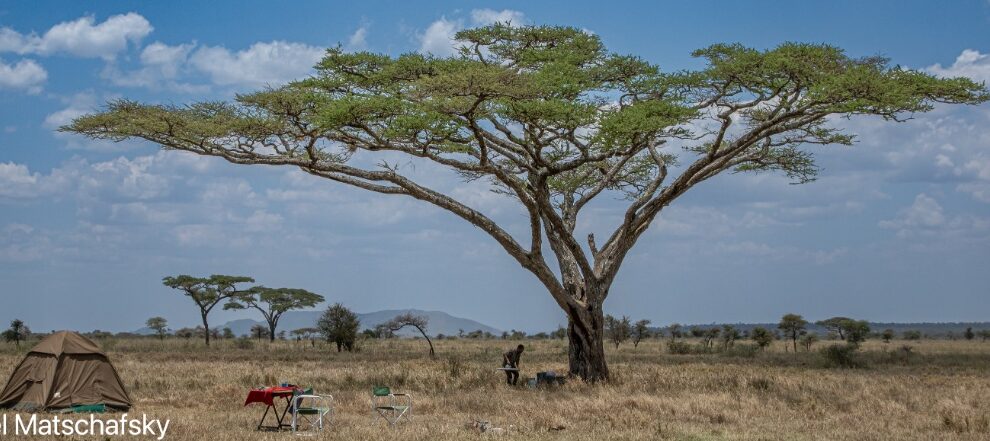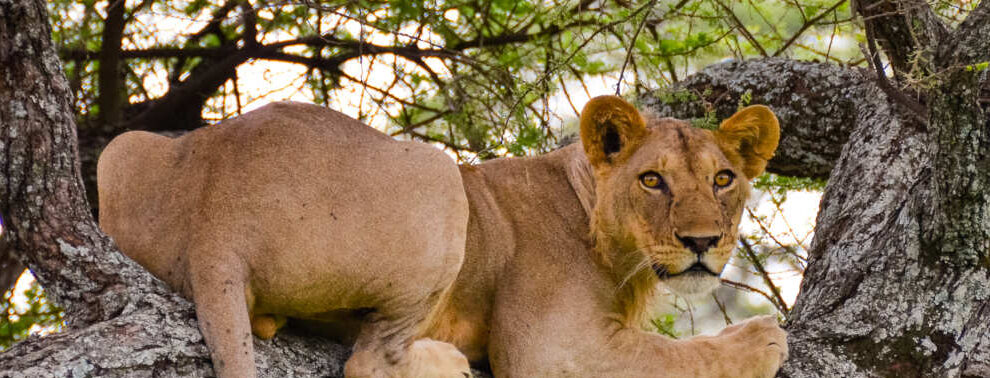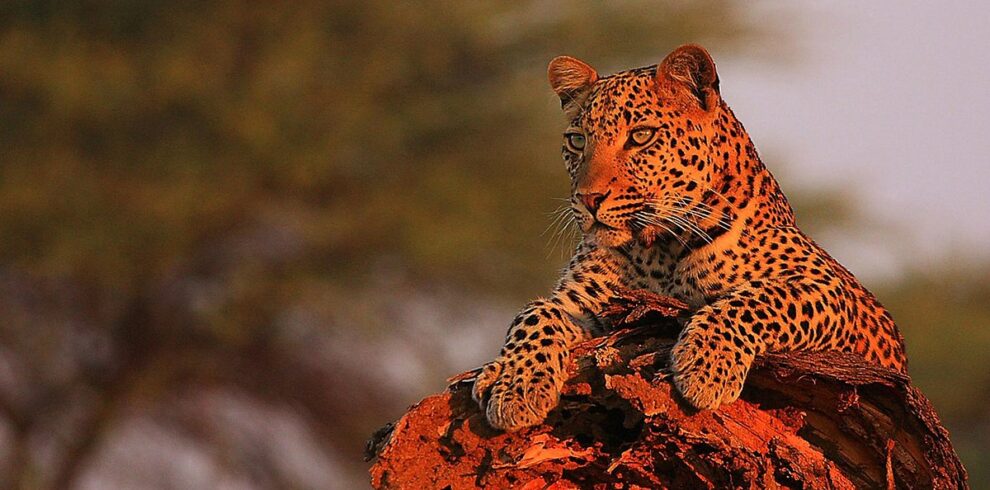Serengeti National Park, a testament to Tanzania’s natural splendor, stands as the epitome of wildlife spectacle. Renowned for the awe-inspiring Great Wildebeest Migration, this park is a treasure trove of diverse ecosystems, rich history, and unparalleled wildlife encounters. In this guide, we’ll delve into the enchanting world of Serengeti Safari, exploring its unique features, ecosystems, wildlife, best times to visit, and more.
What Sets Serengeti National Park Apart
Serengeti National Park is not just a wildlife sanctuary; it’s a UNESCO World Heritage Site and one of Africa’s Seven Natural Wonders. Drawing hundreds of thousands of visitors annually, it holds a special place in the hearts of safari enthusiasts worldwide.
A Glimpse into Serengeti’s Past
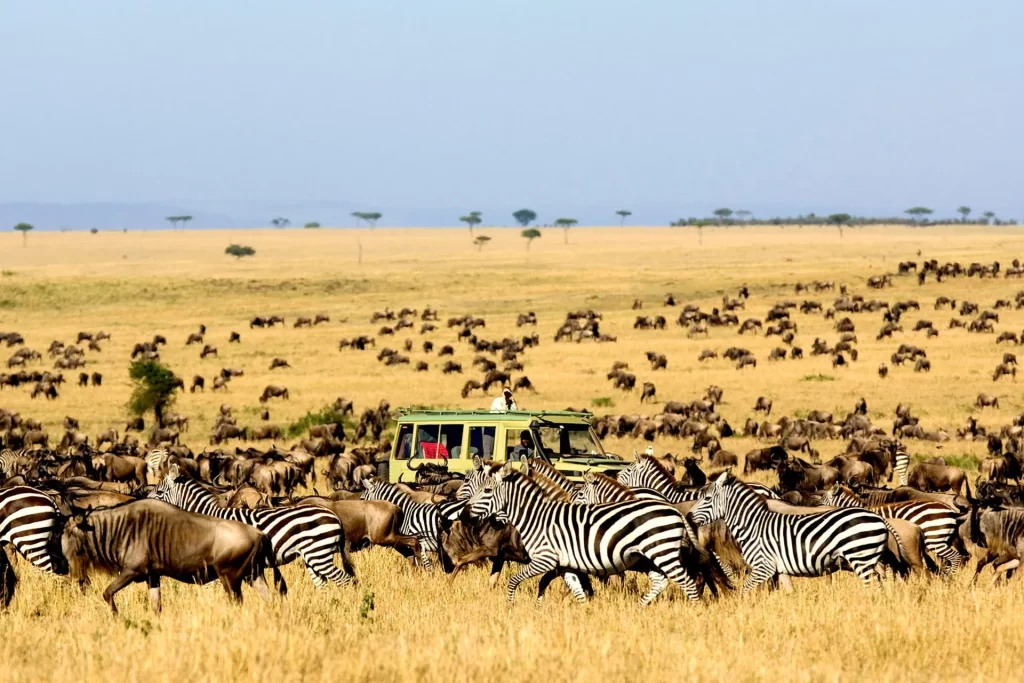
Over two centuries ago, the Serengeti served as fertile grazing land for nomadic Maasai tribes. European explorers arrived in 1892, making it a popular destination for big-game hunters. The colonial British administration established it as a reserve in 1921, evolving into the Serengeti National Park in 1951. In 1959, the Maasai were evicted, and in 1981, Serengeti gained UNESCO recognition for its ecological significance.
Exploring Serengeti’s Diverse Ecosystems
Encompassing 15,000 square kilometers within the Greater Serengeti Ecosystem, the park is a vast expanse of wonder. Divided into three regions, each offers a unique landscape:
- Serengeti Plains: The endless grasslands in the south, dotted with granite mounds, host the Serengeti Wildebeest Migration during breeding from December to May.
- Western Corridor: Characterized by black clay soil and the Grumeti River, this region witnesses the migration from May to July.
- Northern Serengeti: Open woodlands and hills dominate, providing a habitat for elephants, giraffes, and dik-dik, besides the migratory herds.
Serengeti’s Lifelines: Rivers
Five rivers crisscross the park, sustaining life in the Serengeti. From the Grumeti and Mara Rivers in the west to the Oldupai River in the east, these waterways play a vital role in the ecosystem. The Grumeti River, a major crossing point during the Great Migration, showcases the relentless struggle for survival.
Wildlife Extravaganza: Predators and Grazers
Serengeti hosts an extraordinary array of predators, including over 3,000 lions, 1,000 leopards, and 500 cheetahs. Spotted hyenas, jackals, and elusive wild dogs complete this carnivorous ensemble. The park also shelters millions of wildebeest and zebras, alongside Grant’s and Thomson’s gazelles, elephants, Cape buffalos, and more. The delicate balance of the ecosystem allows each species to thrive on its preferred diet.
The Great Wildebeest Migration: Nature’s Grand Show
Serengeti is synonymous with the Great Wildebeest Migration, a spectacle where 1.5 million wildebeest, 200,000 zebras, and 300,000 gazelles traverse the open plains. Predators trail this mass movement, creating thrilling encounters for spectators. The migration peaks between June and October, offering the best chance to witness this natural phenomenon.
Avian Symphony: Birdwatching in Serengeti
With over 500 bird species, Serengeti is a haven for birdwatchers. From the majestic crowned crane to the elusive secretary bird, the park hosts a diverse avian population. The Seronera region, especially around the Grumeti River, is a birdwatcher’s paradise.
Weathering the Seasons: When to Visit
The Serengeti experiences the classic East African weather pattern, with long rains from March to May and short rains in November and December. The dry season from June to October is ideal for safaris, offering moderate temperatures and excellent wildlife visibility. The wet season, though refreshing, may disrupt safari plans with heavy downpours.
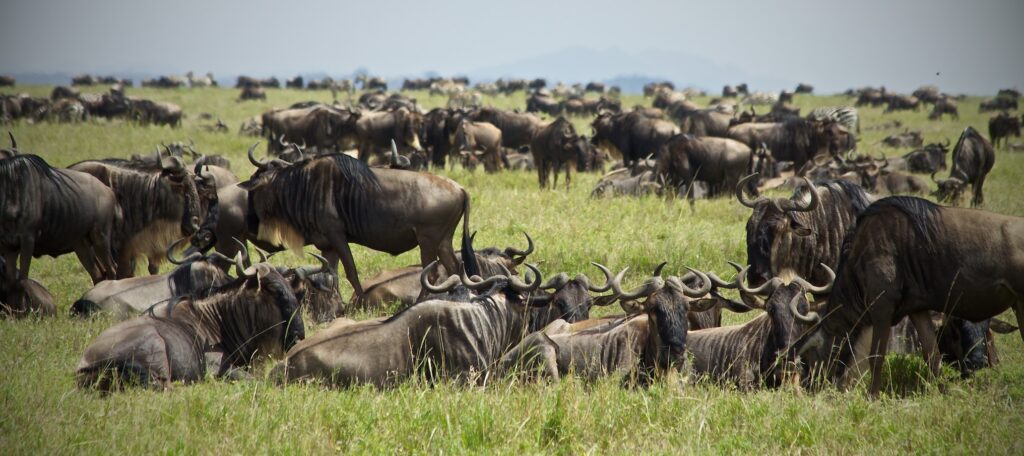
Embark on Serengeti Adventures: Things to Do
Explore Serengeti’s wonders through various activities:
- Balloon Safari: Soar above the landscapes for an aerial view of wildlife.
- Olduvai Gorge: Discover the Cradle of Humankind, delving into the park’s history.
- Game Drives: Unveil the diverse terrain on guided drives during peak predator activity.
- Walking Safaris: Immerse yourself in the Serengeti’s beauty on foot.
Getting There: Practical Tips
- By Air: Fly into Kilimanjaro International Airport and connect to the park via Arusha.
- By Road: A scenic drive from Arusha through Ngorongoro Crater provides another route.
- Accommodations: Choose from a range of lodges and camps across the park’s north, central, and south regions.
Plan Your Serengeti Safari: Tips for a Memorable Experience
- Choose Your Timing: June to October for the Great Migration, January to February, or spring for a quieter visit.
- Weather Preparations: Pack sunscreen, a wide-brimmed hat, and essentials for varying temperatures.
- Guided Safaris: Opt for experienced guides for a safe and informative experience.
- Accommodation Booking: Secure your stay well in advance, especially during peak migration times.
In Conclusion: Serengeti Beckons
Serengeti National Park stands not just as a wildlife destination but as a testament to nature’s grandeur. Whether witnessing the Great Migration, exploring diverse ecosystems, or enjoying birdwatching, Book Serengeti Safari an immersive safari experience. Plan your visit to this Tanzanian gem, and let the captivating landscapes and vibrant wildlife create memories that last a lifetime.
Explore More
Welcome to Otto Safari Guide, where we blend adventure with a deep commitment to preserving Tanzania’s wilderness. Our safaris aren’t just about exploration; they’re a pledge to tread lightly and leave a positive legacy. Join us on a journey where every step counts, where sustainability meets unforgettable experiences.
